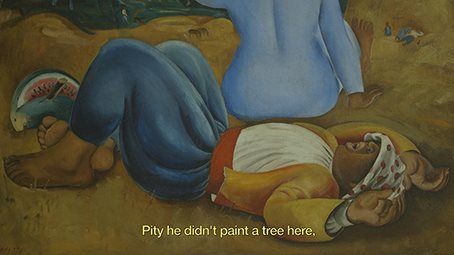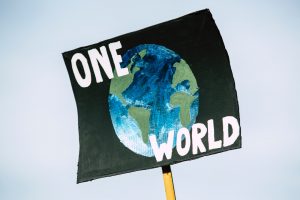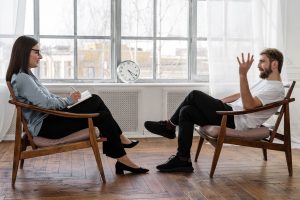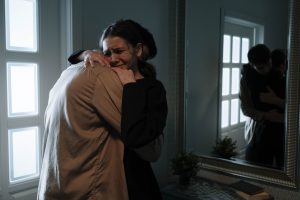Noa Gur: Ways of making visible 28 Mai – 18 Iulie
Much of Noa Gur’s recent body of work speaks of subverted perceptions, in particularly self-perception, as informed by the act of navigating between seeing and being seen. Gur’s exploration evokes French philosopher Jacques Rancière’s “The Politics of Aesthetics”, where he argues that aesthetics are necessarily bound up in the struggle of the unrecognized and the unrepresented subject to become visible in the established order. Visibility implies political recognition, as aesthetics are the image of society. They reflect what it is permissible to say and show. Indeed, Gur increasingly engages with the ways in which art institutions and the display of visual culture can become entrenched in programs that instill political ideologies, and serve to affirm those narratives of collective identity politics. Artistic interventions into places of cultural and aesthetic authority have the potential to help to reconfigure, directly or indirectly, the visible landscape.
“Collective Identity” was the title of Gur’s most recent show. The aforementioned, eponymous video was shown with two additional works that center on the reliance of nation-states on ideological narratives, while at the same time maintaining the semblance of encouraging a culture of artistic production free of censorship. In “Art Dubai” (2014), her Berlin gallerist recounts an anecdote from the Art Dubai art fair, in which he was asked to conceal the names ‘Israel’ and ‘Persian Gulf’ on an artwork that showed a spinning globe. The request came from the Sheik, and was enforced by the fair organizers. On another wall, the artist screened “Postmodern Ornament” (2014), where the former director of the Tel Aviv Museum of Art recounts a controversial episode from the 1980s: a curator and an artist painted the walls of the museum with the colors of the Palestinian flag for a specific show. He recalls that rather than standing up for their political action, the curator had told him that the paint was but a “postmodern ornament.”
While both anecdotes demonstrate instances where an institution reacts in compliance with a certain political ideology, the work “Collective Identity” exposes something far more troubling: Of particular interest here is the educational audio guide that accompanies the children’s surveying of early Israeli paintings. We hear two Israeli actors play the voices of two Palestinians depicted in one painting, and see the children retracing the visual narrative described, while sitting with their backs to the painting. The actors mimic Arabic accents in an exaggerated manner, ridiculing the “simple” Palestinian farmers. For the children, whose families come from Eastern Europe, South America, Africa and the Far East, and who are marked by their own Otherness in Israeli society, successfully entering the melting pot of Israeli identity is learning–by repetition and reproduction in this case–that the mutual Other is Palestinian.

In presenting the videos together with little commentary, Gur probes the less visible mechanism linking aesthetics to politics in order to uncover the politics of aesthetics—that is, the meanings and images through which a community recognizes itself and its world. As John Berger famously noted, the way we see things is determined by what we know. Gur explores these sites of visual culture as obvious Althusserian sites, where, through selective representations and omissions, knowledge is shaped and dispersed to fit and propagate specific ideologies. To highlight these aspects of certain institutions is to prompt spectators to seek the root of the images being tweaked and critiqued in her work.
Hili Perlson




